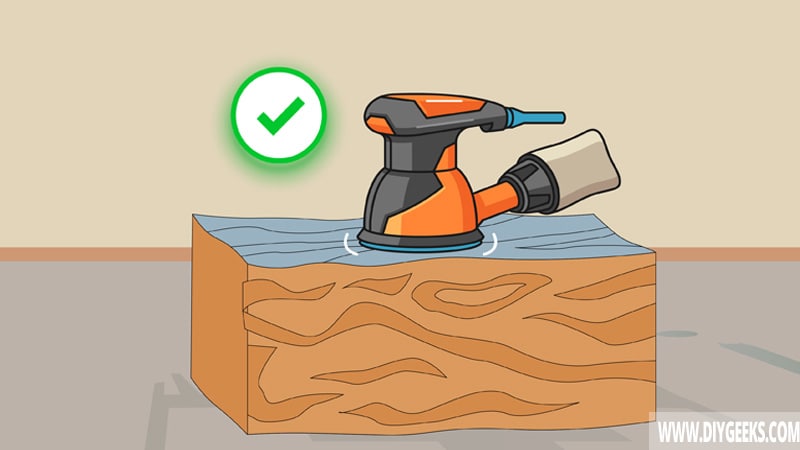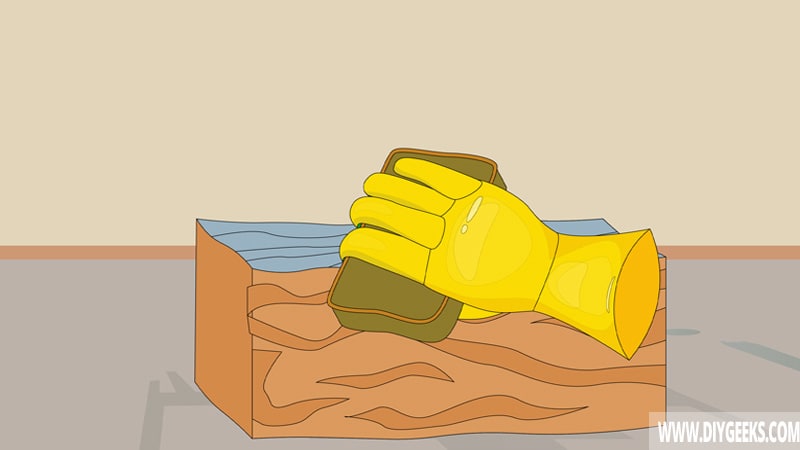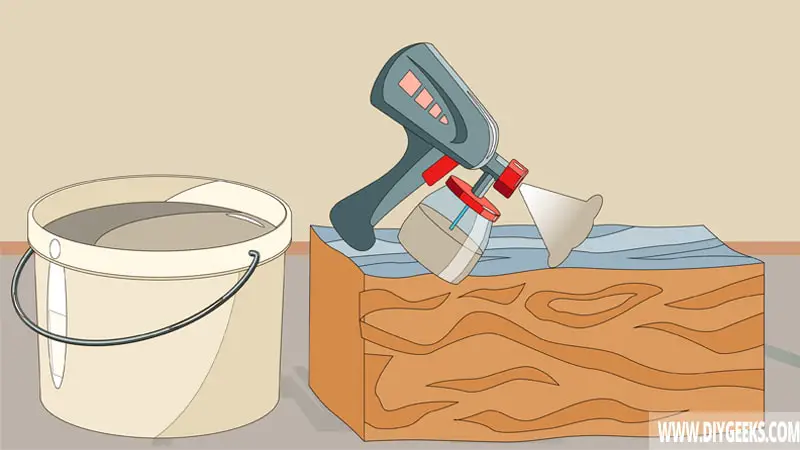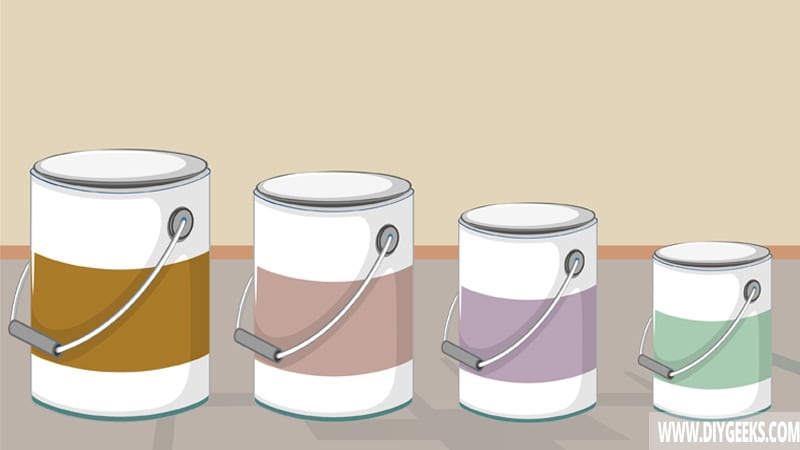Varnish is a sealer designed to protect surfaces and paint finishes. So, can you apply varnish over paint?
You can apply varnish over paint as the sealer is designed as a top coat (final coat) and will adhere over all types of paint.
Varnish forms a glossy moisture-resistant coating over paint finishes and protects (shields) finishes from water, moisture, scratches, handling, and weather elements.
What is Varnish?
Varnish is a sealer that produces a transparent glossy moisture-resistant coating and protects surfaces and paint finishes from water, moisture, scratches, and other damage.
Different varnish types include acrylic, spar, exterior, and polyurethane varnish, etc. Each varnish type has different features, but all have protective additives that will protect a surface.
For instance, acrylic varnish has a colorful and moisture-resistant finish. In comparison, spar varnish has no color (clear coat) but offers a waterproof layer over surfaces.
Varnish is a topical finish, meaning it doesn’t need to penetrate surfaces to adhere over them. It can stay over a paint finish and adhere to it without penetration.
Do You Need To Sand Paint Before Varnish?

You don’t need to sand a paint finish before sealing it with varnish sealer. Varnish is a topical finish and will adhere over paint finishes without penetrating them.
However, you need to sand a paint finish before varnish only if the finish is riddled with imperfections, dust, dirt, and bumps. Varnish has a transparent (colorless) finish and will highlight imperfections, dust, dirt, and bumps once it dries.
You must sand a sealed paint finish before applying varnish. If the paint is already sealed, you must sand off or remove the existing sealer before applying varnish or it won’t adhere over it.
If the paint is peeling off, it’s best to sand the paint off. If you leave the peeling paint and varnish over it, the spikes of the peeling paint will cause bubbles on the finish.
Related Read: Can You Varnish Over Old Varnish?
How To Apply Varnish Over Paint?
To apply varnish over paint, do the following thing.
- Clean and Sand the Paint Finish.
- Apply the Varnish.
1. Clean and Sand the Paint Finish

Clean the paint finish to remove dust, dirt, and debris that can show once the varnish dries. Since most varnish types have a transparent finish, they won’t hide imperfections on a surface.
Sand the paint finish with fine-grit sandpaper (220-grit) before applying varnish. Sanding will remove imperfections and bumps, and make the paint ready for sealing.
Don’t use coarse-grit or medium-grit sandpaper as it will remove the paint finish instead of smoothing it.
2. Apply The Varnish

Apply 2-3 varnish coats over paint with a paint sprayer or roller. Wait until one coat dries before applying the next one. Water-based varnish takes around 6 hours to dry between coats, while oil-based varnish takes around 24 hours.
The number of varnish coats depends on the surface type. For instance, you need one (1) varnish coat for indoor low-traffic wooden surfaces and three (3) varnish coats for outdoor wooden surfaces.
Does Varnish Change the Paint Color?
Varnish doesn’t change the paint color shade as most varnishes are transparent with no paint pigments. Their glossy transparent finish can make the finish look glossies but it doesn’t change the color shade.
The more varnish coats you apply, the glossier and blurrier the finish will get. The paint color underneath won’t change, but the finish may appear different, especially outdoors.
However, acrylic varnish will change the paint color as it’s pre-mixed with acrylic paint and will produce a colorful glossy coating. The mixture will have the paint pigments of acrylic paint and the durability of varnish.
Which Types of Paint Can You Varnish Over?

The types of paints you can varnish over are listed below.
- Latex Paint. You can apply varnish over latex paint as the paint is water-based and doesn’t have a glossy coating that can prevent adhesion.
- Chalk Paint. You can apply varnish over chalk paint as the paint has a simple formula and doesn’t repel topcoats.
- Emulsion Paint. You can apply varnish over emulsion paint, but it’s better to use water-based varnish. Emulsion paint is water-based and is more compatible with water-based sealers.
- Acrylic Paint. You can apply varnish over acrylic paint. But, most painters pre-mix varnish and acrylic and apply the mixture.
- Satinwood Paint. You can apply varnish over satinwood paint, but you must lightly sand the paint first. Satinwood paint is a tough semi-gloss finish and can prevent proper adhesion.
- Matte Paints. You can apply varnish over matte paints as most matte paints are water-based and have a textured finish.
- Gloss Paints. You can apply varnish over gloss paints, but you must lightly sand the gloss paint.


